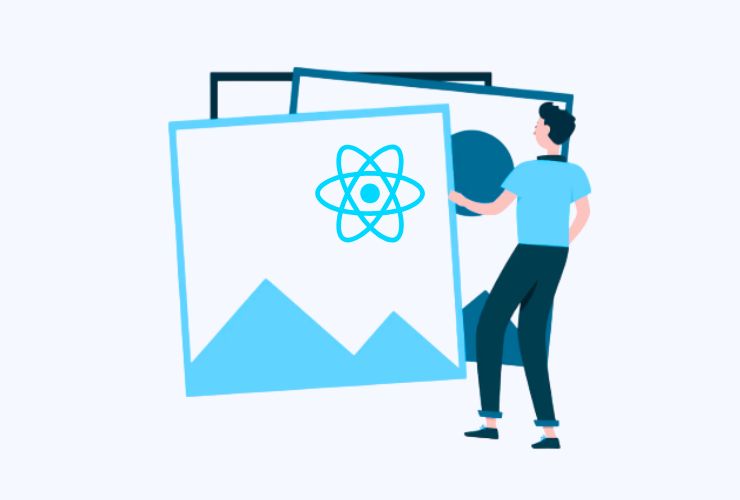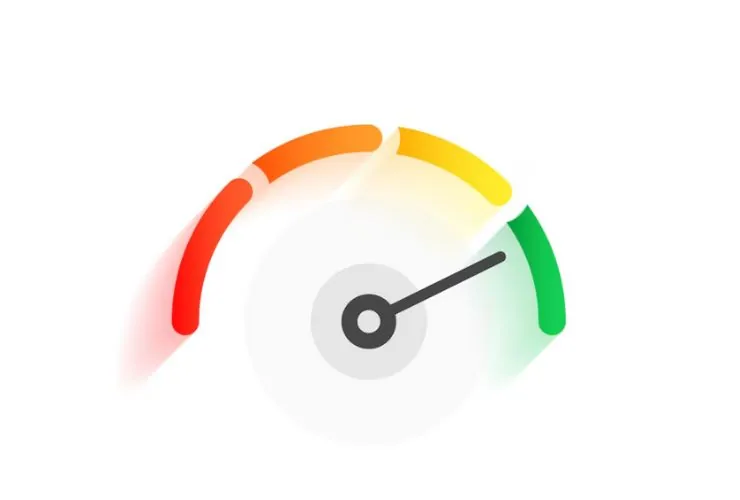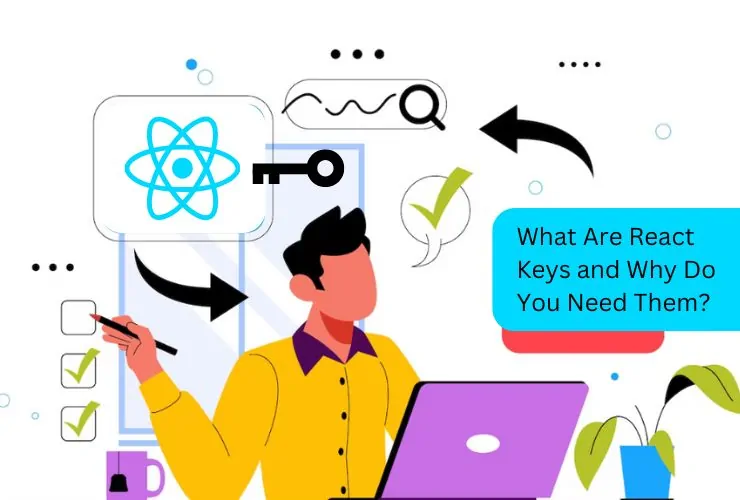Images are usually the most significant piece of real estate on a given webpage. Poor image optimization could dramatically slow down a React application resulting in poor user experience and higher bounce rates. Optimizing images can improve load times for your app but also provides a better user experience, and thus helps boost SEO by improving page speed metrics. In this article, we will look at some effective and real-world methods to optimize images for React applications.
Why Should You Care About Image Optimization in React?
React apps usually use large amounts of rich media, or images, to engage users. Large or uncompressed images or not handling images in an efficient way can render slowly and lead to an increase in data size and slower performance, particularly on slower device/network speeds. Optimizing images impacts not only how fast an app loads but also how an app performs while it runs. It helps to improve user engagement, user satisfaction, and often leads to less resource consumption.
Key Techniques for Image Optimization in React
1. Use Modern Image Formats
Modern image formats, like WebP and AVIF, are able to compress the same quality images significantly better than traditional formats, like JPEG or PNG. The result is files that are much smaller—faster downloads, and less bandwidth usage. Many modern browsers support these formats and you can set your React app or your server to serve them accordingly.
2. Use Lazy Loading
Lazy loading is a strategy where an image is loaded only as it is needed—when it enters the users viewable area. This strategy prevents the loading of off-screen images that just crowd your content, decreasing the initial load time of the page and saving bandwidth. React provides native lazy loading. Lazy loading is very simple to implement with a few attributes, but there are also many powerful libraries that can lend some more control if needed.
3. Use Responsive Images
Responsive images will enable you to deliver different sizes of an image based on the screen size and resolution for each device. You will not load enormous images on smaller screens. You’ll save bandwidth, and your load times will be faster. React supports the native srcset and sizes attributes of HTML so that you can serve the best image sized for the user’s device. There is even a framework called Next.js that will automatically setup responsive images.
4. Compress Images Prior to Deployment
It is important to compress images prior to deploying because it is the best way to reduce file size while retaining acceptable visual quality. There are many tools and services that can compress your images without any noticeable change in quality. You can also use automated, build-time compression plugins that will fit into your development process, ensuring that every image is optimized before it is pushed to production.
5. Use a Content Delivery Network (CDN)
Serving images from a CDN will decrease the latency from images served either because images are being served from a server that is nearest to you or due to the benefits of geo-routing, in this case the images will be cached globally ensuring they load as quickly as possible. The CDN will also offer you features like automatic optimization – resizing, format conversion, caching, and more, that ensure that these images load as quickly as possible globally. Using a CDN wherever you can is a best practice from a performance perspective for any web application.
6. Optimize SVGs
If you need to use vector graphics in your React app you are in luck, because you can optimize SVGs and greatly reduce its size. You can utilize tools like SVGO that can optimize your SVG files by removing unnecessary metadata, and spaces, helping you with smaller file size with no loss in quality. Optimized SVGs also render crisply every time in any device you support. Another benefit for GZipping your SVGs is you can scale them perfectly. In short, optimized SVGs can improve viewing experience and performance.
Benefits of Image Optimization in React
- Faster load times: Smaller, optimized images means that pages will load faster which improves the user experience and one reduces bounce rates.
- Less bandwidth: Efficient images use less data, which is a major benefit if users are on reasonable bandwidth limits or slow internet speeds.
- Better SEO: Faster websites usually rank better in search engines. So, image optimization can help with SEO and improving the visibility of your site.
- Better performance on more devices: Once images have been optimized, there is less chance users will face performance issues whether they are on a mobile device, tablet, or desktop.
- Higher user engagement: When users have a faster, smoother experience they are more likely to stay longer on your app. Again, this is important to have a high user retention and higher conversions.
How Empirical Edge Can Help
Image optimizing is complex and time-consuming. Image optimization is only one small piece of the balancing act that we all undertake of balancing quality, performance and compatibility between browsers. At Empirical Edge, we focus on front-end performance optimization and have considerable experience working on React applications. We offer a full-service experience with a proactive approach with everything pure image optimization strategies, lazy load implementation, responsive images, and CDN.
Our team of experts can be on-site to evaluate your React app, find bottlenecks on the performance side including images, and provide methods that are useful for your business and fit for your implementation. Whether you are beginning a new project of working on an existing app, we can help you ensure your images have the most leverage for giving the best possible experience to your users.
Conclusion
Proper image optimization is critical for any React app that is high-performance. By using new image formats, lazy loading, doing responsive images, compressing the assets, and using CDN, you can significantly enhance the speed and performance of your app. These best practices improve user experience, optimize SEO, and reduce operating costs.
If you want professional help for optimizing images, or the whole front end performance of your React app, contact Empirical Edge. We are ready to help you build fast, scalable, and user-friendly React applications that users want to engage with and use.














